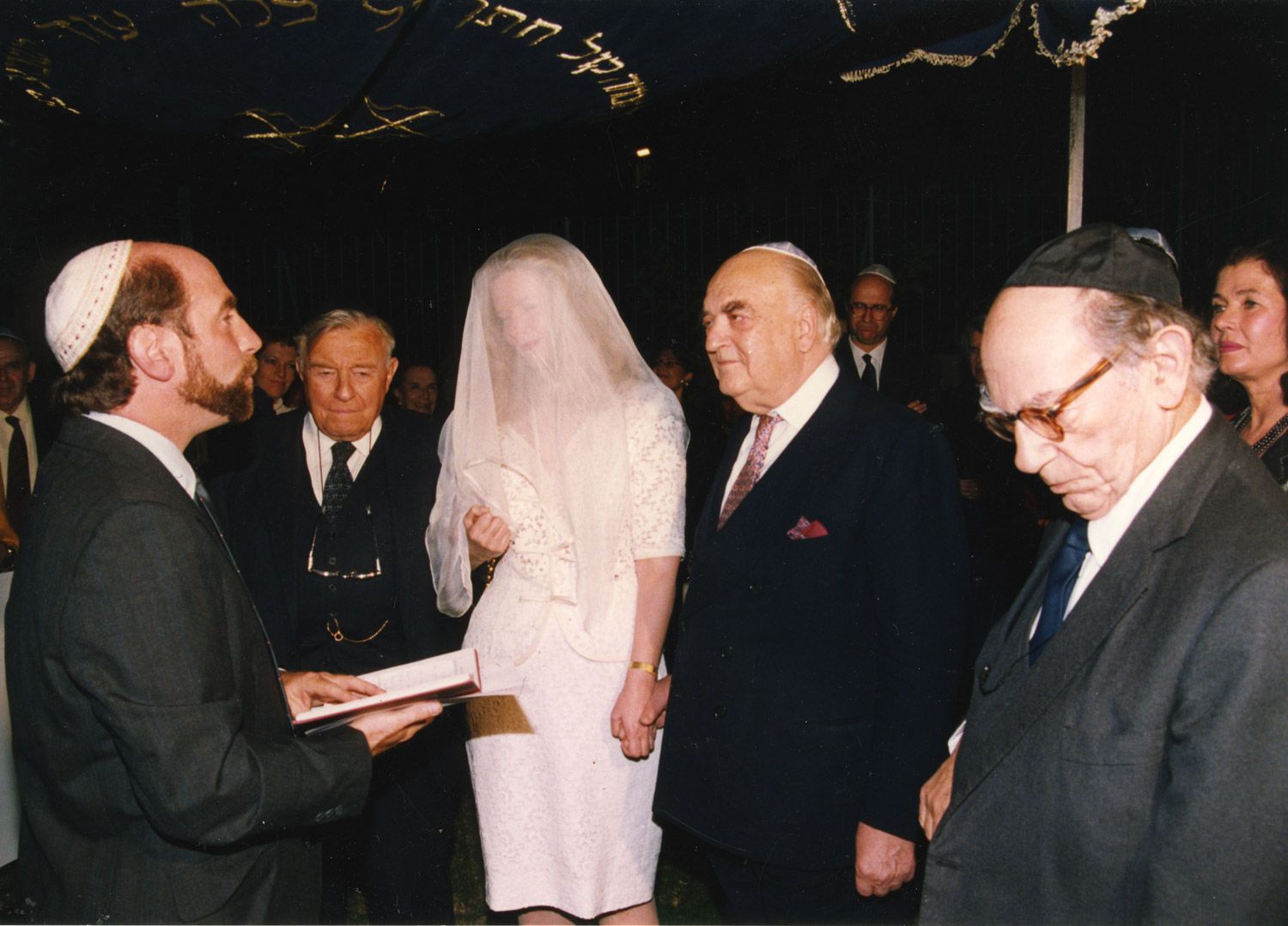DOUGLAS COUPLAND, A to B, in Bullet Points
|SHUMON BASAR
Consider this: we are defined by data more than we are made of red blood cells, raging hormones, and body hair that’s militantly groomed (or not, depending). Our data selves are a string of random facts, searchable/downloadable/marketable – but not erasable. Unless, as Douglas Coupland explains, we destroy the Cloud. That ethereal sounding totality of server farms in darkened spaces that contain the digital doppelgängers of our world. Or maybe, it’s our world that’s the doppelgänger now, echoing what Philip K. Dick once wondered: “What if our earth is their heaven?” The point here is to not sound all sci-fi-ish. (That’s become increasingly easy: the present moment is more future-esque than all past-futures combined. In fact, the future may well be a thing of the past.) The point is: when we want to know who or what a person is, we type their name in an elongated window on our screen, tap [ENTER], and see what surfaces. Hearsay, biographical facts, digital debris, costume disasters that will never be allowed to die. A person is the sum totality of this chronologically-flattened constellation. Here follows a random sample of things that describe who Douglas Coupland is and what he does. There is every arbitrary chance that it’s also about you.

- He was born on a military base in Germany. This – and the fact that his child- and early adulthood occurred under Cold War’s ambient threat – could be why apocalypse is never far away from his work.
- He worked on a TV series where the world would end in each episode, for different reasons.
- His novel Girlfriend in a Coma (1998) imagines the world ending by everyone falling asleep, person by person.
- He thinks he’s underproductive but, in fact, he’s incalculably prolific. It’s as though he worries the world will end by midnight. Better get stuff done.
- He’s prolific in words and images and, lately, sculpture that resides in public spaces. Like a 3D killer whale made to look like a low-res 2D JPEG.
- He treats words as images and images as words. It may or may not have to do with his time apprenticing in design magazines. It may or may not have to do with how his brain is wired.
- He wrote about Marshall McLuhan’s brain in his biography of the Canadian media theorist (Marshall was exceptionally wired: he had a third artery in his head that ran through his brain’s left lobe. It made blood flow twice as fast as the rest of us).
- He is the heir-apparent of McLuhan for the Internet and, now, post-Internet world.
- He likes macaroni and cheese. “It’s brain fuel.”
- He has been sending me bulletins from his garden in West Vancouver since we first met. Typically, it includes a description of the daily temperature, the kind of daylight, and what the squirrels and jay birds are up to. These bulletins always feel like that day is the only day that’s ever happened.
- He feels the present moment ultra-vividly.
- He once said, “the past sucks.”
- He wishes he’d written Eric Hobsbawm’s Age of Extremes: The Short Twentieth Century 1914–1991 (1994). It’s a book about the past.
- He lived and worked in Japan in the 1980s, when it still felt like the future of the world. He didn’t visit New York until the 1990s. He went to Dubai for the first time in 2012. He tells me that it’s clear the future today is a lot more East than it was at the end of the 20th century.
- He makes art out of languages he doesn’t speak. Languages are visual things.
- He went to art school in the early 1980s.
- He cites Jenny Holzer’s Truisms (1977–79) as an impetus to write. He crafts aphorisms effortlessly. In fact, he’s effectively been tweeting decades before Twitter even began.
- He stopped making art throughout the 1990s, after Generation X (1991) became a hit. “You can’t be a serious author if you’re an artist too,” was the kind of binary advice back then.
- He resumed art making in the 2000s. Writing and art happen in parallel now. They use different parts of the brain, he told me. Sometimes you need to escape to the wordless part (a play of colors, shapes, symbols, icons) – to get back to the words. And sometimes a tribute to Andy Warhol’s wigs is enough.
- He confided that the art world (its artists, curators, critics) allow for pluralistic conversations in a way that isn’t as apparent in the literary world. His is a mind that digresses – hyperlinks – between disciplines, generations, agendas. The art world does this in a way that makes him feel at home.
- He introduced the word “smupid” in 2013. It’s a fusion of smart and stupid. He constantly invents new words, neologisms, and acronyms. Reality needs to be described before we fully recognize it as reality.
- He needs to invent a word that describes the sensation of going from very happy to very sad very quickly. And back again.
- He thinks and feels like you do in the whirlpool of the 21st century and manages to describe it exactly they way you would, if you were Douglas Coupland.
Credits
- Text: SHUMON BASAR

